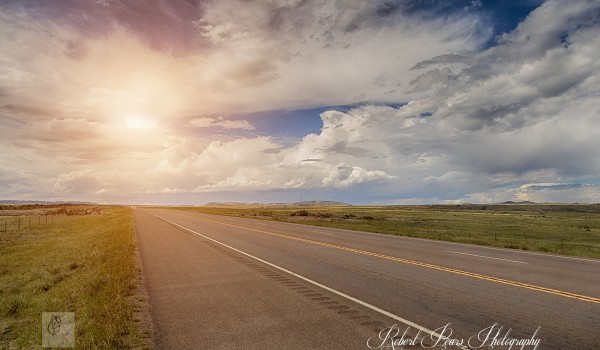
Depth of Field
When we refer to sharpness we are talking about objects at the plane of focus which is clearly in focus. As you move from the place or point of focus objects become less in focus or less sharp. When we say depth of focus we are referring to the zone where objects appear sharp or they have acceptable focus. Please understand that the sharpness will decrease as you move from the focus plane but acceptable sharpness will exist in what I will refer to as the zone of depth of focus.
Aperture
How can we control that depth of focus? The aperture? So let’s go back to the aperture. The aperture is the same as the F Stop except the smaller the F Stop the bigger the aperture or opening. If you have an F Stop of 1.4 you have a very wide opening or aperture. In other words the hole allowing light in is very big. Every time you increase the F Stop you decrease the amount of light getting in. However, the larger the opening the smaller the depth of field. So with a F Stop of 1.4 I may get a lot of light in but I also have a shallow depth of field. With a F Stop of say 22 you have a small aperture and a much greater depth of field.
How is F Stop determined? Well if you have a 200mm lens- that is a lens with a 200 mm focal length you need a lens opening of 50 mm to create an F Stop of 4. Put simply 200/50 = F/4. This brings up a very important point. The longer the focal length or zoom of your lens the less light that passes through it. Using the same logic as for the 200mm lens but with a 100mm lens, you only need a lens opening of 25mm to produce an F Stop of 4. So F Stop = lens focal length divided by the aperture diameter.
As I stated the aperture can be used to control the depth of field or zone of which objects are acceptably in focus. It is important to note that with larger focal lengths or zoom sizes that the same aperture used on a lens with a smaller focal length will give a smaller depth of field. Remember the larger zoom has a larger aperture or opening compared to a smaller focal length lens. Remember the 100mm and 200mm example. Now compare those with say a 30mm lens. A 300mm lens only needs a aperture opening of 7.5mm to give an F Stop of 4 compared to 50 mm for the 200mm zoom. If I go to a 400mm zoom I need an aperture opening of 100mm to get an F Stop of 4.
This is why when you look at larger zoom lenses they typically have higher F Stops unless you pay big money for one with a smaller F Stop. Make Sense?
Basic principles-
• the smaller the aperture the greater the depth of field
• The shorter the focal length or zoom, the greater the depth of field
• The greater the distance the object or subject is the greater the depth of field
Looking at the last basic principle if you do macro photography (very close up) you will find the depth of field becomes very small. For example if you photograph a flower you may have just the edge of the petal in focus. Some people do multiple exposures with the point of focus slowly moved. Then the combine all these macro shots to create a greater depth of field.
Hyperfocal Distance and Zone Focusing
I strongly encourage you to purchase an app for (assuming you have a smart phone) your phone that will calculate depth of field and give you the hyperfocal distance. So what am I talking about?
Let’s start with zone focusing. Often you don’t have time to allow the camera to focus and you must make some assumptions. Most modern lenses don’t have a depth of field scale on them that is why I recommend an app. Using a depth of field scale you can set an aperture and a distance and discover how far the depth of field extends in front and behind your distance that you set. Let’s say I set a distance of 15 feet and an aperture of 5.6. The scale will tell me I can go to X feet say 7 all the way to 14 feet. So I know how much wiggle room I have to take the photo and still have focus.
So what is the hyperfocal distance? This is the maximum depth of field for the lens at a given focal length. In other words you have focus from the foreground to infinity or as far as your eye can see. The right app will tell you how far from the focal plane the depth of field begins. As I change the aperture the distance changes. So with my app, DOFMaster, if I plug in that I have a Canon and the model then the lens focal length and aperture it will calculate the hyperfocal distance. So in this example I put in a Canon 1 D and I set a focal length of 24mm with an F/9. It tells me the focal distance is 85.1 inches. So from 85.1 inches as far as the eye can see my image should be sharp.

Leave a Reply